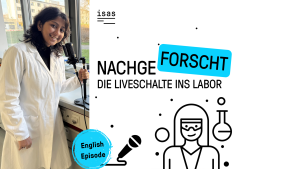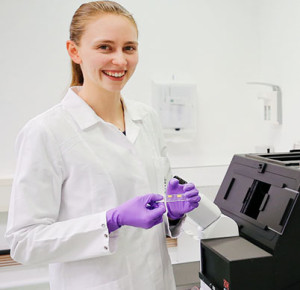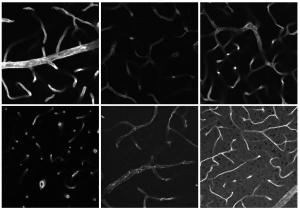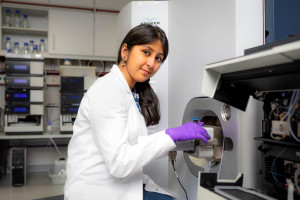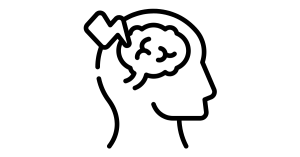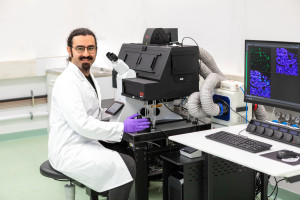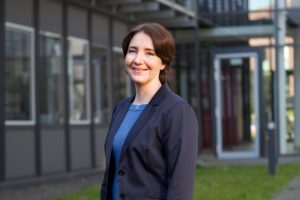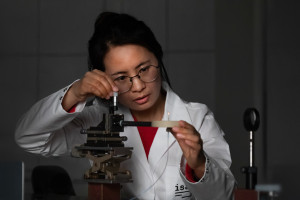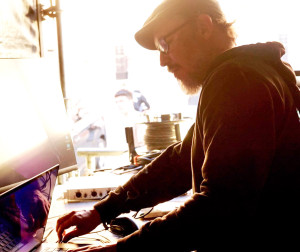Dortmund, 31st January 2023
With his research on the structure and spatial distribution of lipids, Sven Heiles successfully habilitated in the field of analytical chemistry at Justus Liebig University (JLU) Giessen. A talk on this subject within the field of palaeontology concluded the habilitation procedure last Wednesday. Palaeontology refers to the scientific study of prehistoric beings, for example on the basis of fossils. How can analytical methods tell us more about the life of dinosaurs? In front of the Faculty Council as well as about 60 other guests, Heiles answered this question in an entertaining presentation.
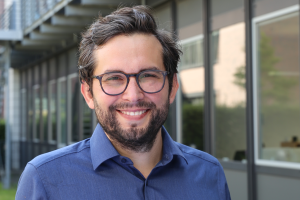
© ISAS
Born in Groß-Gerau, Hesse, Heiles received his doctorate with distinction from the TU Darmstadt in 2012 after studying chemistry there. His dissertation was followed by research stays at the University of Birmingham and the University of California, Berkeley. The chemist then conducted his research at JLU Gießen as a postdoc and, from 2016, as a junior research group leader. Since August 2022, Heiles has been junior professor at the University of Duisburg-Essen's Faculty of Chemistry and head of the Lipidomics Junior Research Group at ISAS.
Technologies like the isotope ratio mass spectrometer, the scanning electron microscope or the orbitrap mass spectrometer can be used to analyse the body temperature, physiology and biochemistry of dinosaurs as well as draw conclusions about their visual appearance. The 38-year old explained, for example, how analysing stable CO2 isotopomers (such as carbon dioxide molecules with the same number of protons but a different amount of neutrons and, therefore, a distinguishable mass) in fossils can provide information on dinosaurs’ body temperature. In addition, Heiles discussed the work of other researchers and explained how lipid signatures give an insight into the climate conditions of the time. Lastly, the chemist gave an intriguing outlook on controversially discussed aspects such as evidence of proteins and cells in dinosaur fossils.
(Bettina Dirauf / Sara Rebein)
